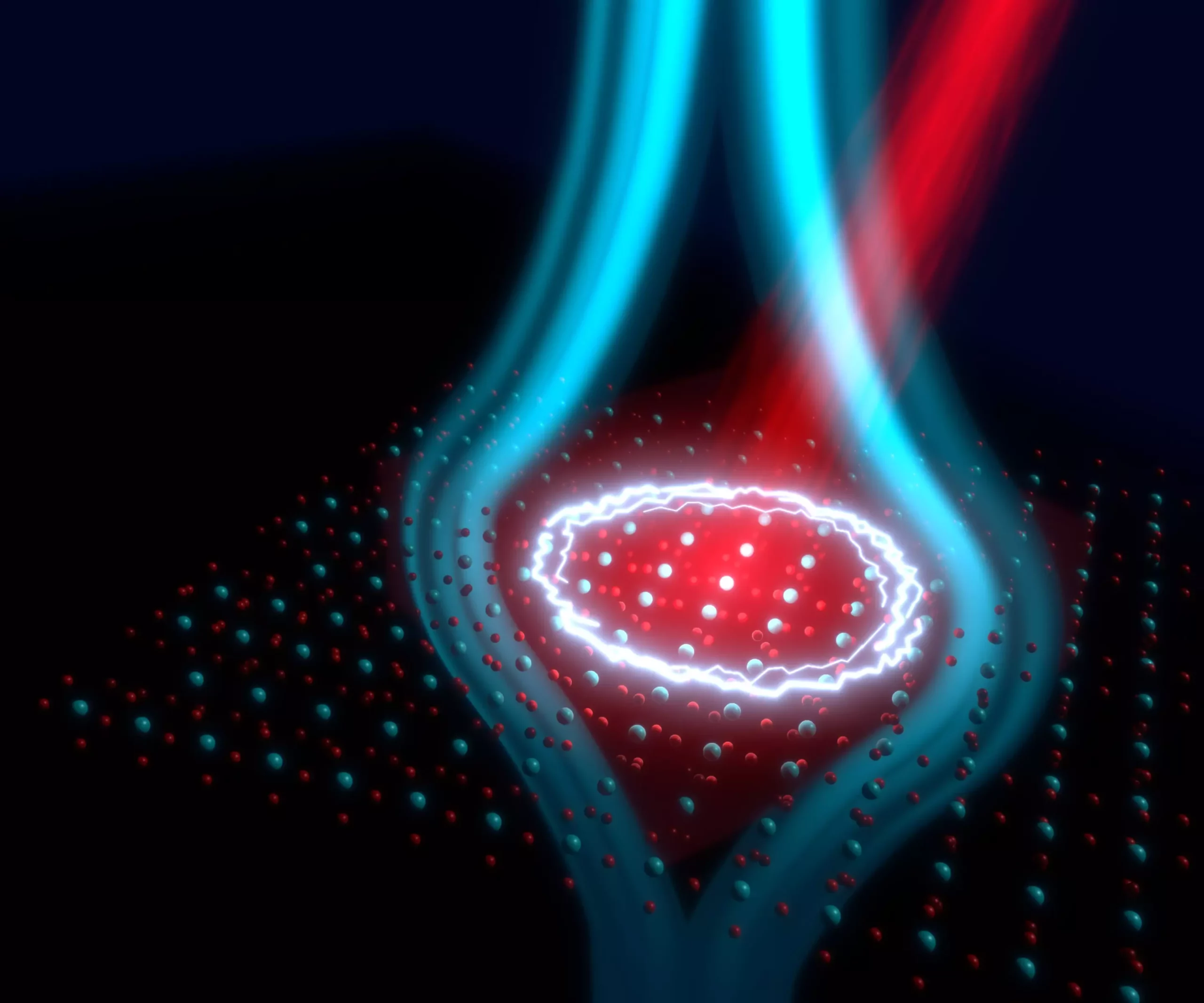Superconductivity is not merely a scientific curiosity; it represents a pinnacle of technological potential. The capability of materials to conduct electricity without energy loss at cryogenic temperatures unveils pathways toward efficient energy systems, high-speed computing, and advancements in various electronic applications. However, the dream has always been to unlock superconductivity not just in extreme conditions but at much warmer temperatures, ideally, room temperature. Recent advancements in understanding non-equilibrium superconductivity offer more than just glimmers of hope; they provide tangible evidence that these once-theoretical concepts might now transition into practical realities.
Exploring Light-Induced States
Recent investigations have shifted focus toward non-equilibrium states of superconductivity, showing that certain materials exhibit superconducting properties under extraordinary conditions, like exposure to laser pulses. This research, dubbed “light-induced superconductivity,” implies that we can manipulate quantum systems through external energy, simultaneously bordering physics, engineering, and potentially even information technology. The implications of such research offer a fertile ground for innovation—beyond what we traditionally associate with superconductors, setting the stage for high-speed data transmission and processing devices filling the needs of the modern digital landscape.
Challenging the Conventional Wisdom
The conventional understanding of superconductivity, especially the Meissner effect, states that superconductors repel magnetic fields due to coherent charge carrier behavior. However, measuring light-induced superconductivity poses unique challenges since the resultant superconducting characteristics exist for only an infinitesimal fraction of time—measured in picoseconds. Traditional methods falter under such rapid temporal constraints, leaving researchers grasping at fleeting phenomena, which prompts the need for innovative experimental designs. This has spurred recent advancements in measurement techniques that pave the way for a new era of detailed observations.
A Breakthrough in Experimental Techniques
A group of researchers from the Max Planck Institute for the Structure and Dynamics of Matter, led by Andrea Cavalleri, has broken new ground by developing a method to precisely monitor the magnetic properties of light-induced superconductors. The study revolves around the compound YBa2Cu3O6.48, which exhibits superconductivity when cooled to low temperatures. By employing a spectator crystal that transforms magnetic field variations into detectable changes in femtosecond laser pulse polarization, this innovative technique allows researchers to track these fleeting magnetic behaviors with unprecedented detail.
“One of the most striking realizations from this work,” shares co-author Giovanni de Vecchi, “is the substantial magnetic field expulsion observed, rivaling characteristics seen in equilibrium superconductors cooled to traditional superconducting temperatures.” Such results challenge the belief that only superconductors cooled to extreme lows can exhibit these behaviors.
Bridging the Gap to Ambient Conditions
What is especially compelling about these findings is their implication that light-activated forces can manipulate a material’s superconductive state toward more favorable conditions. While conventional superconductivity hinges on absolute zero or near-zero temperatures, the ability to induce superconducting features with laser pulses opens avenues to explore high-temperature superconductivity. Co-author Gregor Jotzu posits that synchronizing fluctuating superconducting states through tailored light exposure could allow for viable superconductivity at higher temperatures—perhaps even approaching room temperature.
The prospect of achieving superconductivity under ambient conditions heralds innovation. Beyond enhancing our understanding of materials, these discoveries could enable the next generation of electronic devices, capable of astonishing performance metrics while circumventing energy losses that plague current technologies. It draws forth the tantalizing possibility that leveraging dynamics on a quantum level may render the bounds of our current technological prowess obsolete.
A New Era of Superconductivity
The implications of such research are profound. As the microscopic origins of light-induced superconductivity in materials like YBa2Cu3O6.48 continue to be unraveled, the resulting data serves as a cornerstone for both theoretical and practical applications in superconductivity. With persistent breakthroughs challenging established norms, we stand on the brink of a transformative era in material science. The evolution from theoretical constructs to measurable, applicable technologies paints an exhilarating picture for the future—one where the extraordinary capabilities of superconductors become commonplace, lead to unprecedented advancements and ultimately, redefine our technological landscape.


Leave a Reply